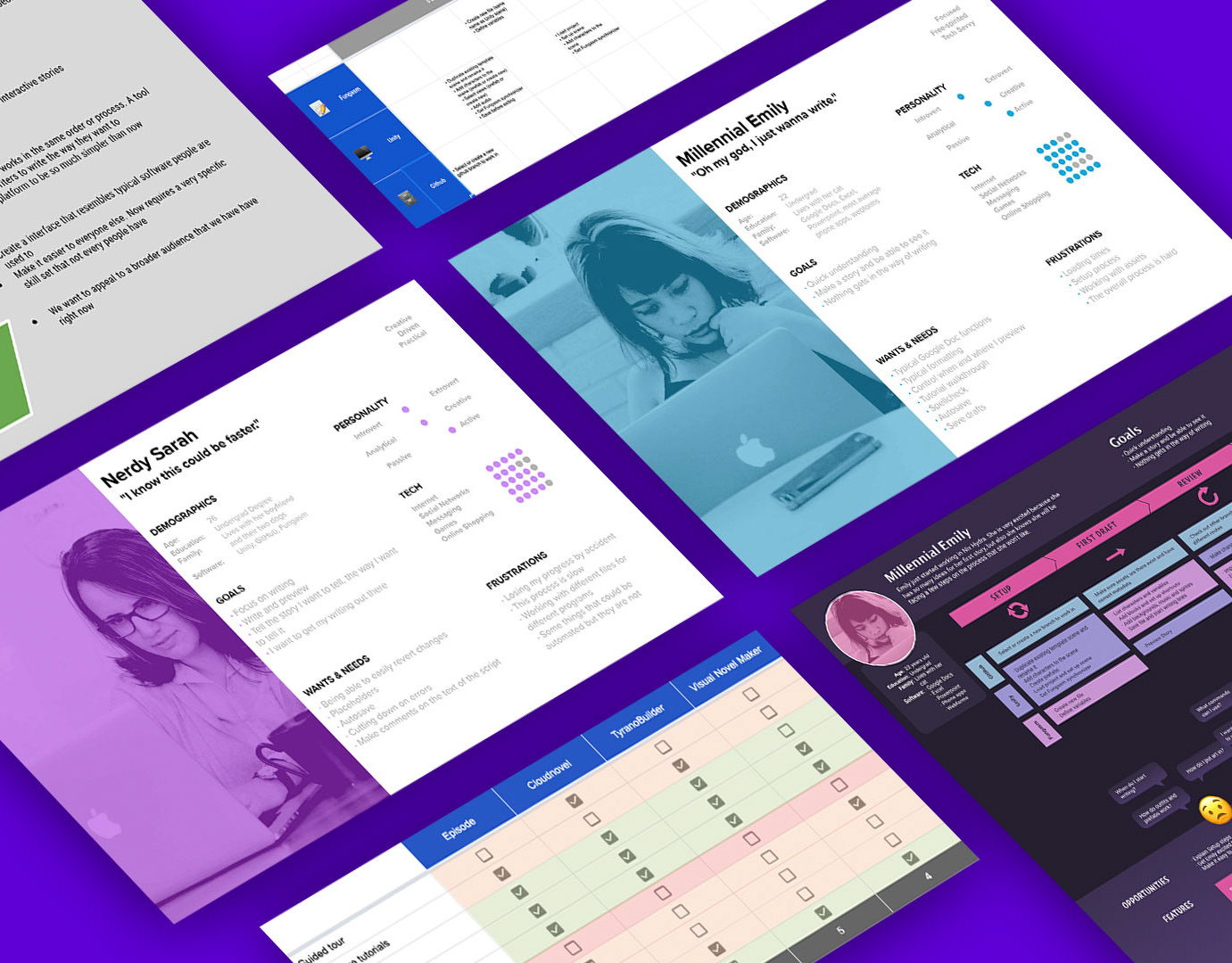As game players, sometimes we dive into video games that present a world to be discovered and tell a story and also let us be part of the in-game decisions in the same level of depth experience-wise. Sometimes this works very well, but these techniques don’t always work the same way for all kinds of video games.
I want to share what, in my opinion, is a good example and analyze specific elements of that game interface that enhance the immersion and also a bad example, in my opinion, that uses diegetic elements that don’t enhance the immersion.
Diegetic Interfaces
There are four types of game UI according to the presence of the UI elements in the game:
All of these in one image
The image below from Overwatch contains all of these UI element classifications. Please look at the image as we analyze the four types of UI elements in the game.
Diegetic is not a solution
Diegetic user interfaces can help create an immersive experience for game players when applied as an immersive factor to video games. Still, when applied to game UI patterns when immersion is not needed, this solution could annoy game players. Take this example below.
In Dragon Ball FighterZ, the player can enter this fictional space to select game modes and see other players in a Miiverse-style lobby. The question here is: does this help to enhance the game experience? Maybe some users will find this entertaining, and that’s fine, as every game can be perceived in different ways. Still, if the same fictional space had used spatial elements to place the different game options on top of the fictional space, the game mode selection would be faster. Game players would still have some immersive experience when selecting among these modes.
Case Study: Dragon Age Inquisition
The castle
This one is pretty obvious, but the diegetic element here is that every part of the castle serves a game purpose: the blacksmith, the garden, the throne, the stable, the barracks, the war council, etc. We could replace all of these elements with a plain menu but would have the game players been immersed in this beautiful fictional world in that way?
The war council
This is how the game lets game players select their missions. A list menu could also replace this with some lore texts, but here, it works beautifully and in sequence.
Works like any other door, but the text label indicates the action that can be taken.
1. Loading
This is an excellent detail: as soon as the game player taps the button to enter the room, this loading screen comes with a background sound of a heavy door being opened with effort. The total time to load the next scene could take up to 8 seconds, of which approximately the first 4 seconds is the game player hearing the background sound. The loading time isn’t affected, but the game player's perception is.
2. War Council Intro
The camera pans through the scene while the characters take their position on the table. Then the camera zooms on the table.
3. Missions on the table
Here is where the game player selects her/his missions. If all of this experience wouldn’t use diegetic elements, we could go from a plain menu to this screen and the mission selection wouldn’t be so different but the game experience would be.
No trail available: This is the default view. The throne doesn’t have any possible action on it.
Trials
While making progress with the storyline, the game player will defeat powerful enemies and sometimes capture them. When this happens, the game player is offered to run a trial to decide the destiny of that defeated enemy. When this option is available, there is a diegetic element to inform the game player.
When the time arrives, the game player will see two guards near the throne, and a new option is visible: Sit. What happens next is part of the experience.
Online experience
Playing online won’t make progress in the storyline of Dragon Age Inquisition; it’s a multiplayer experience for the sake of the fun. Here the game player can level up a character and kill enemies in a PvE MOBA style, so the game player's expectation is different.
Here the menu is a traditional menu where the user can select even some of the same options she/he would have when playing the single-player campaign mode.
Conclusion
The diegetic and non-diegetic approaches could be equally applied for the single-player and multiplayer modes, but the experience would be very different.
When designing UI for a game, the decision of how the element is going to interact with the game player will have a significant impact on the experience if that element’s presence matches the game player’s mood, expectations, and use; hence this decision should not be taken only from a visual design perspective but also from the game player’s tasks.




